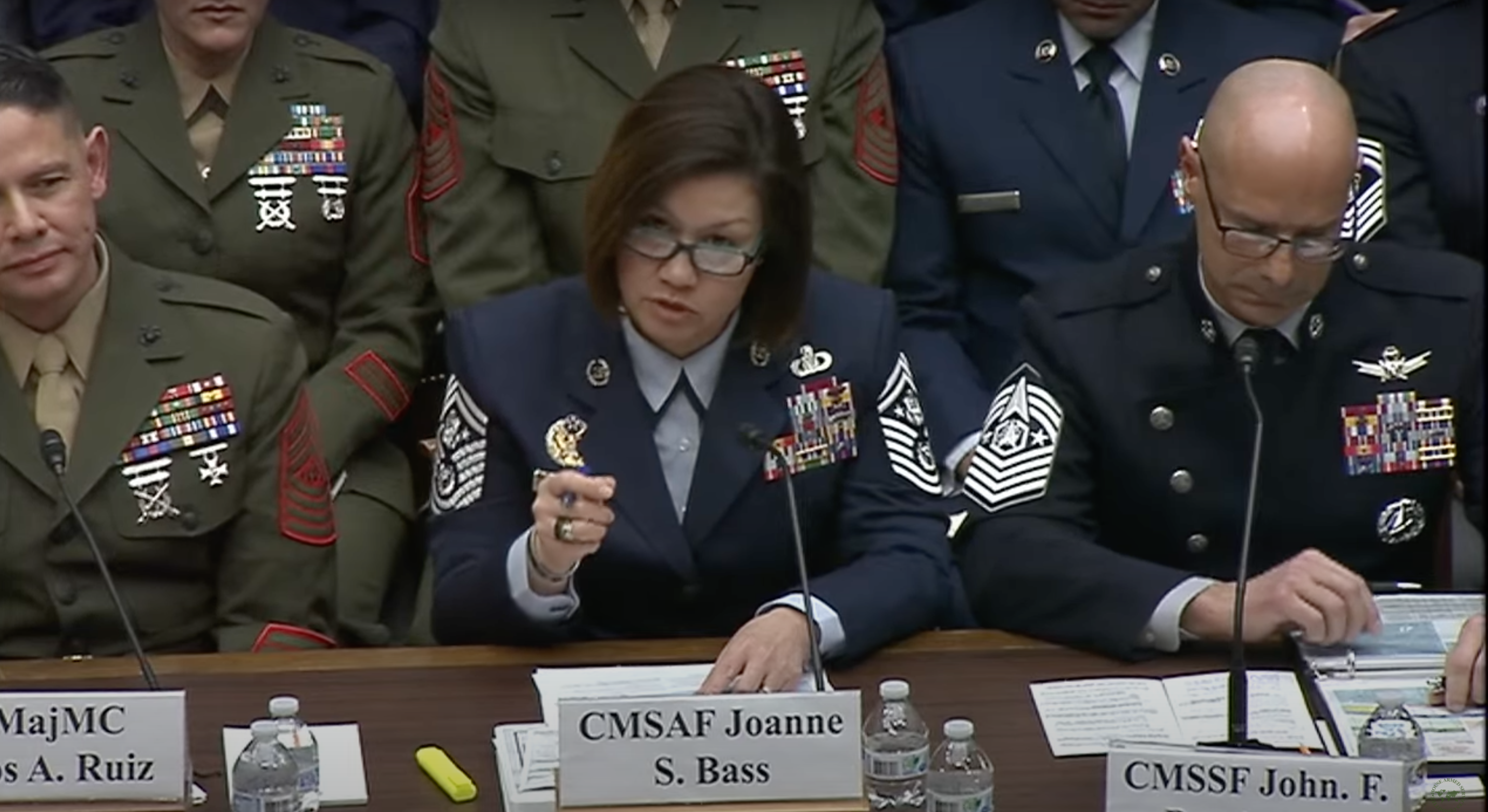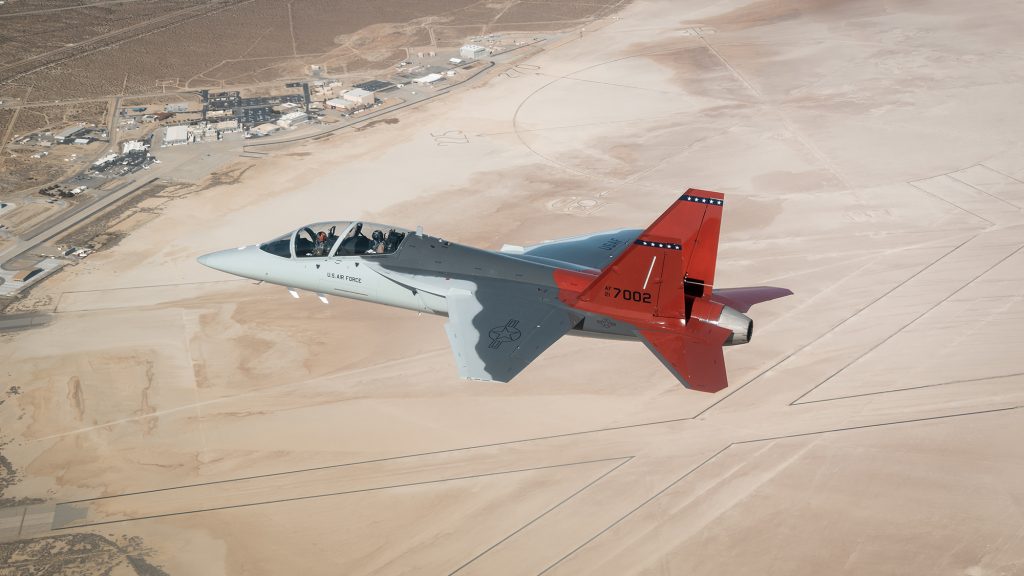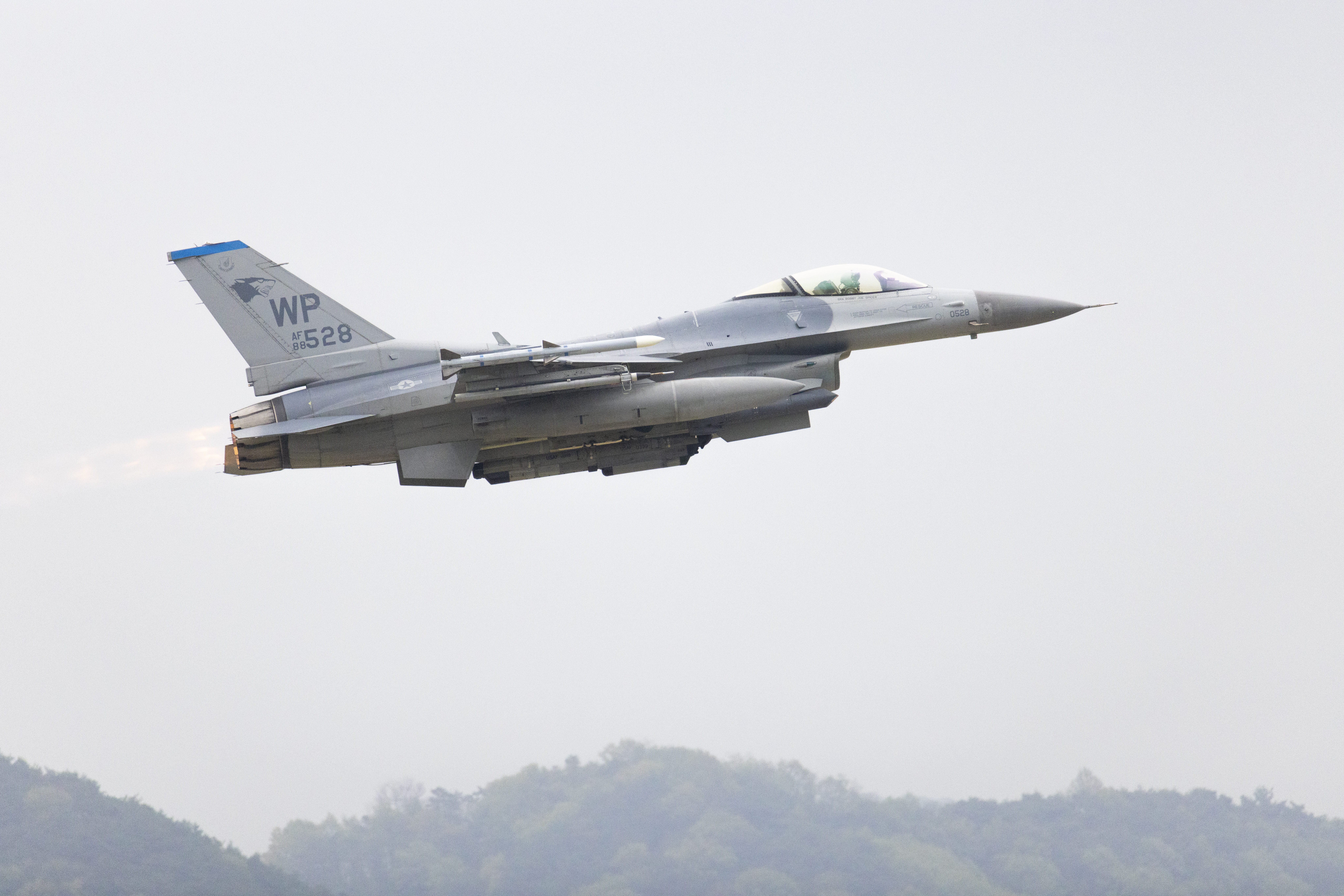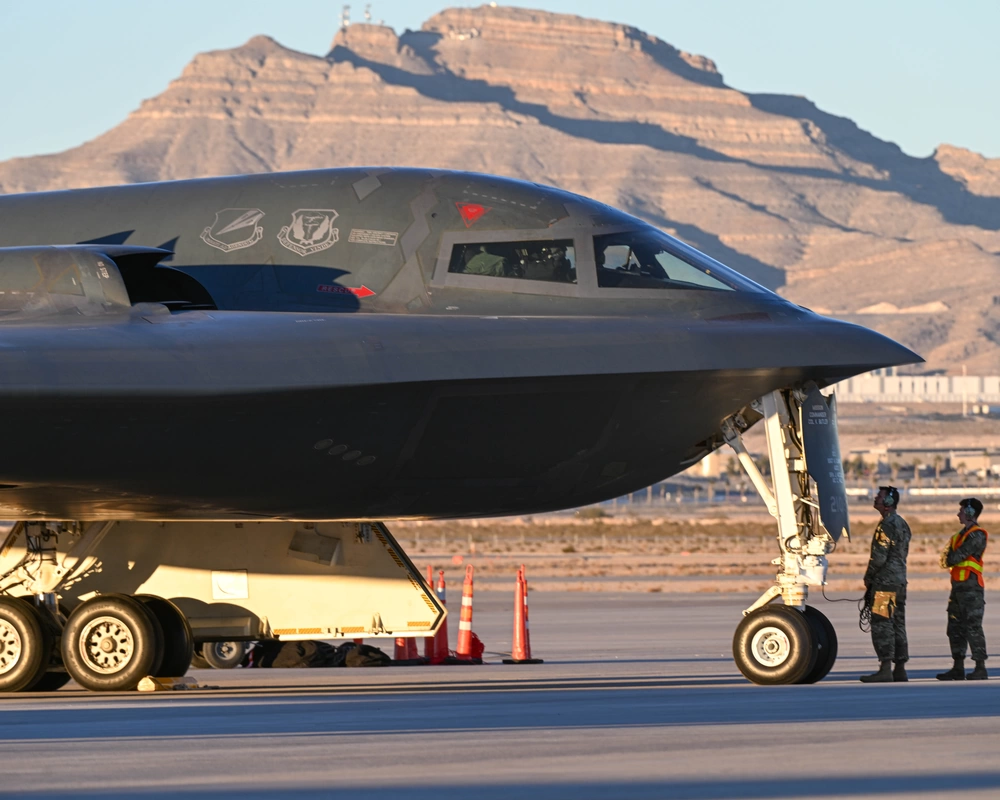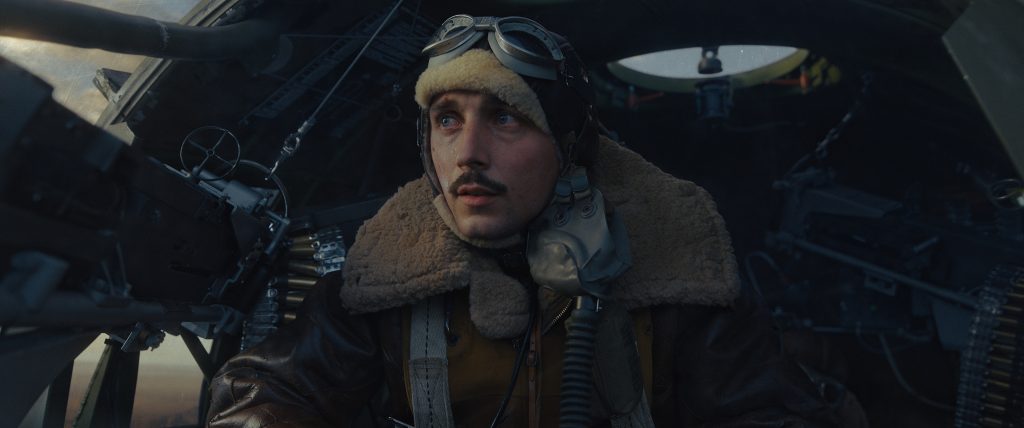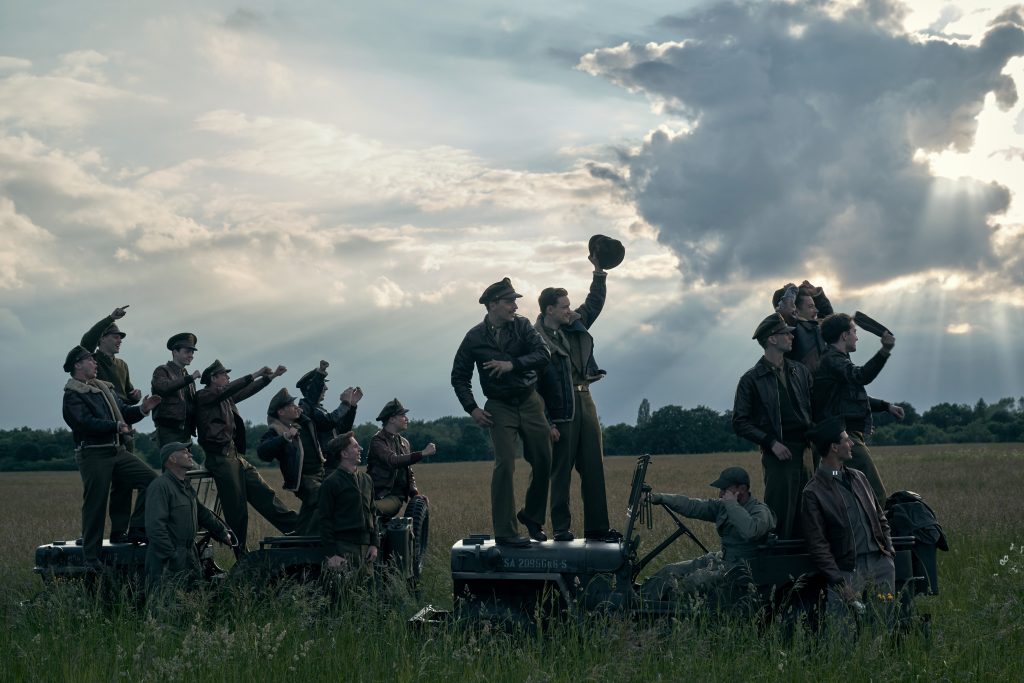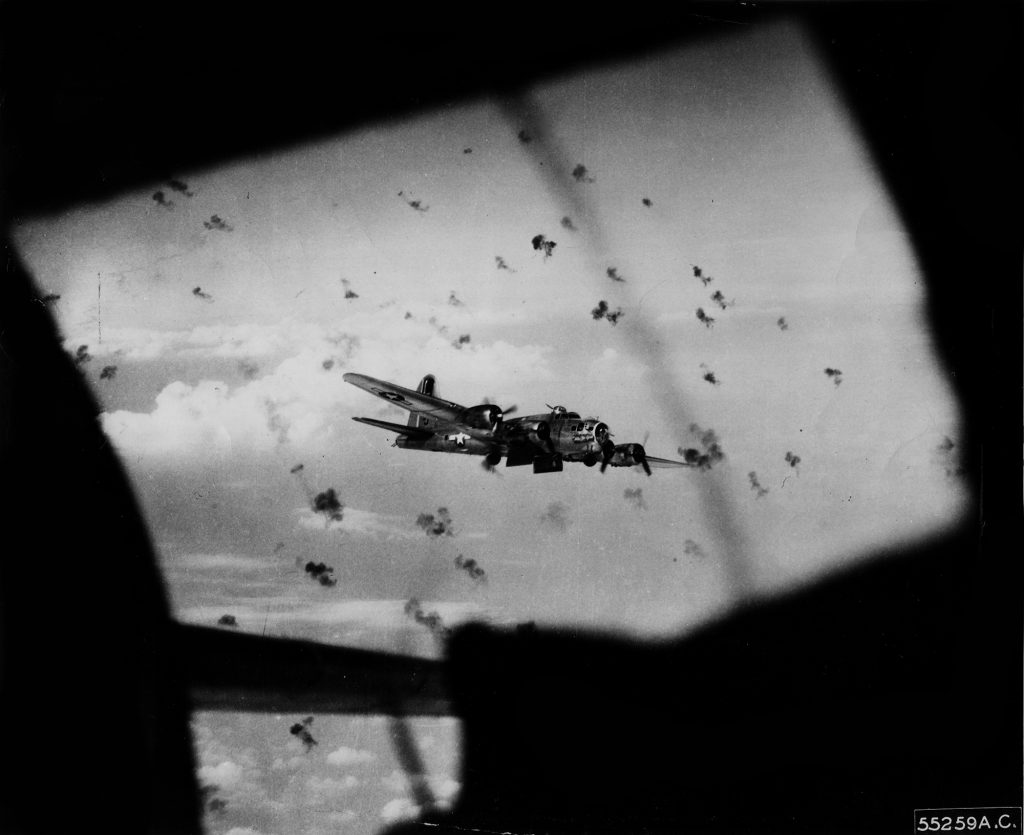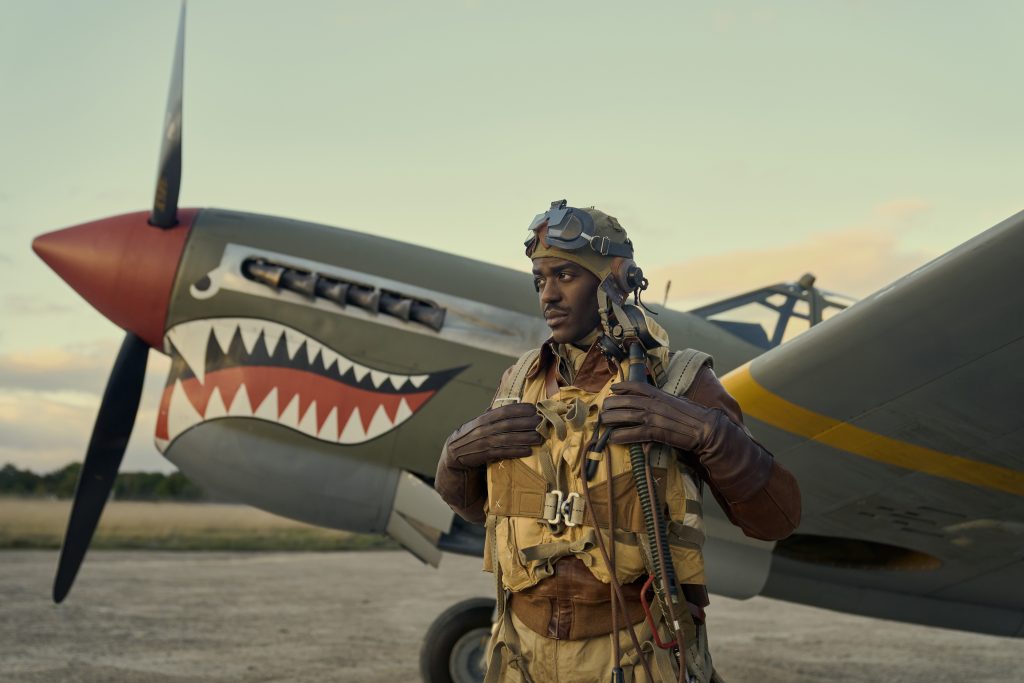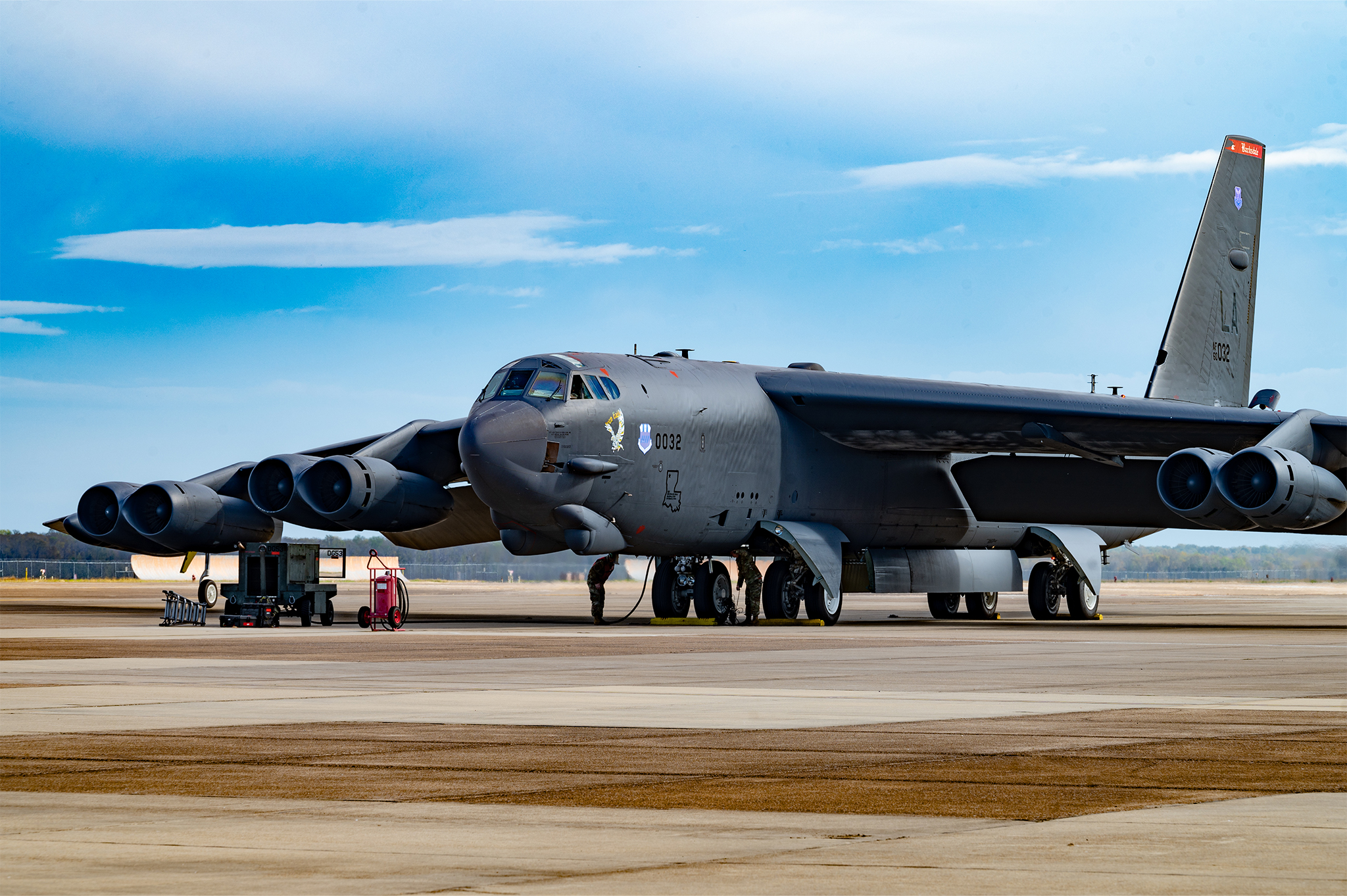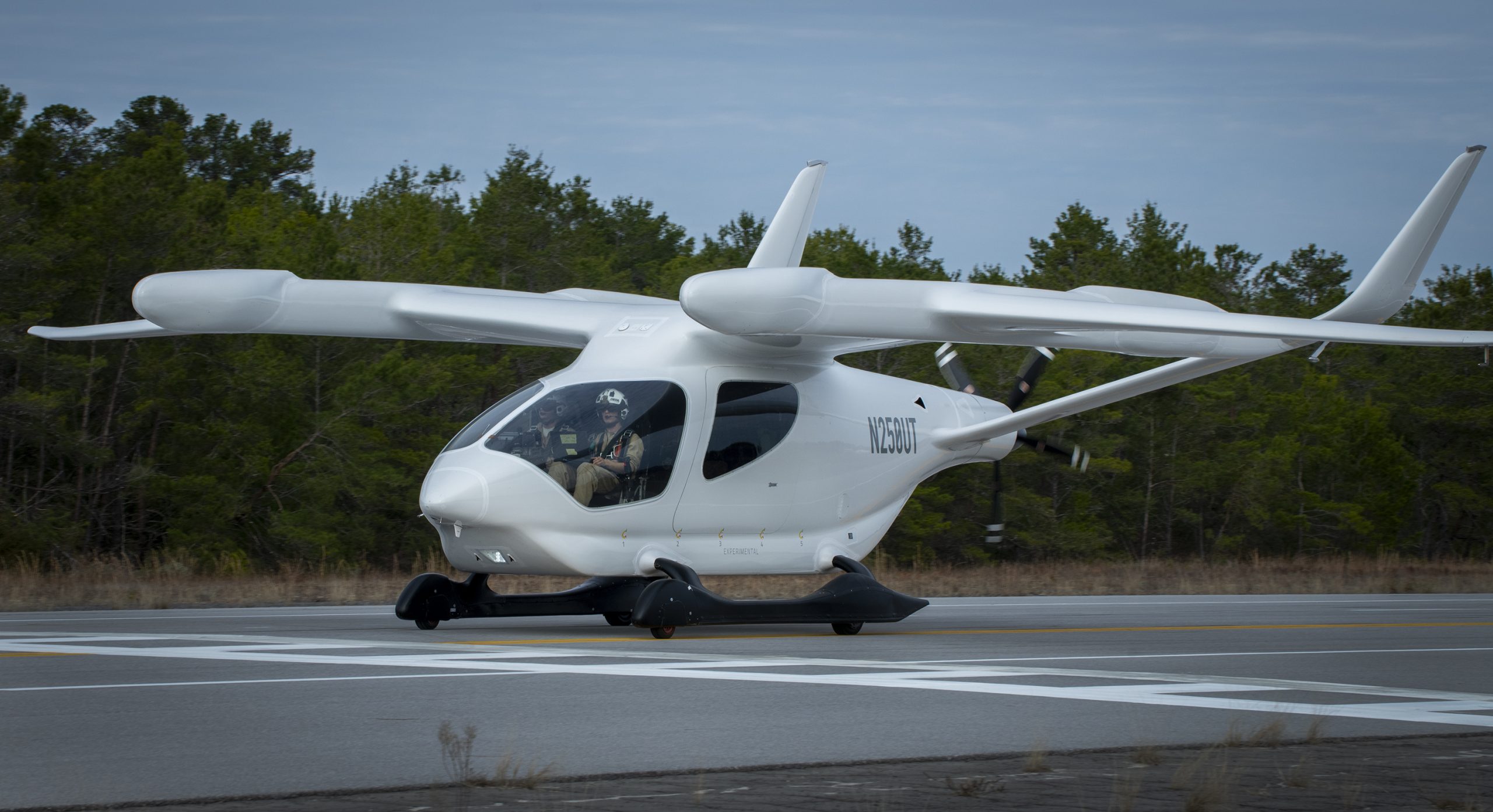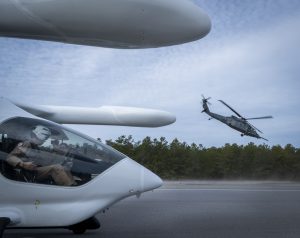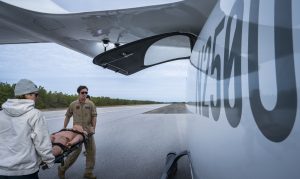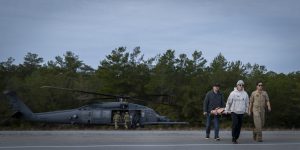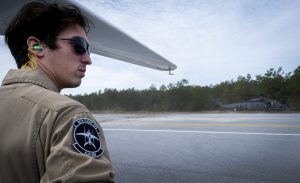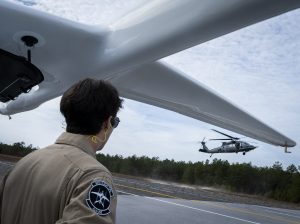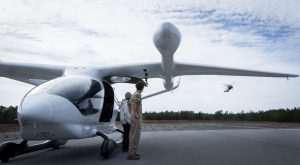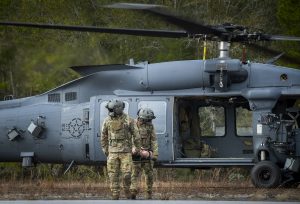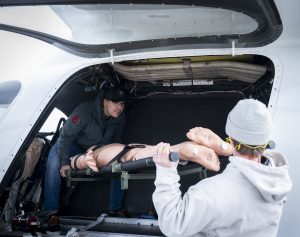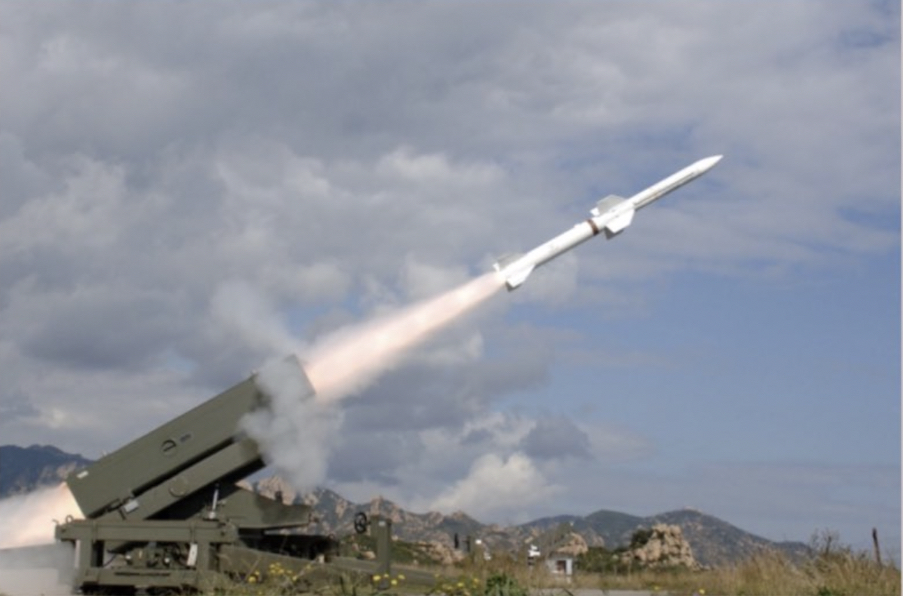The senior enlisted leaders of the Air Force and Space Force urged lawmakers to revamp the Basic Allowance for Housing, starting with paying the full cost of Airmen’s and Guardians’ homes.
BAH is designed to cover 95 percent of the national average BAH rate, adjusted for paygrade and family status. Congress authorized the formula in 2015, and it was gradually implemented over time.
That 5 percent cut cost service members between $816 and $1,776 per year in 2020, according the Government Accountability Office. That has only grown since, to $879-$1,859, according to an Air & Space Forces Magazine analysis using 2024 BAH rates.
“That’s a huge impact,” Chief Master Sergeant of the Air Force JoAnne S. Bass told members of the House Armed Services quality of life panel. Eliminating that proviso would put that 5 percent “that goes “back in the pockets of our service members,” she said. “We’ve got to get there. That’s, to me, a no brainer.”
The panel chair, Rep. Don Bacon (R-Neb.), a retired Air Force brigadier general, promised to work on the issue, but cautioned doing so would take time.
“We may not be able to do it in one fell swoop, but we’re going to try to chip away at this and get it done,” said Bacon. “Because I think it’s just a terrible mistake.”
As housing costs surged in recent years, annual BAH increases have struggled to keep up, with three successive increases of 5 percent or more. The biggest of these was 12.1 percent from 2022 to 2023.
Chief Master Sergeant of the Space Force John F. Bentivegna challenged the “anchor points,” or housing standards, used to set BAH for each paygrade. For example, housing for an E-5 with dependents is considered a two-bedroom townhouse. He said that standard falls short of what today’s Guardians and Airmen expect.
“99 percent of enlisted men and women who have families do not [rate] a single-family home,” Bentivegna said. Indeed, he added, “The only [enlisted people] authorized to get reimbursed [enough to afford] a single-family, three-bedroom house are E-9s.”
Such standards affect the “value proposition” the military offers its service members, Bentivegna said. “How do we value the propensity to serve, and the immense talent and responsibility placed among our enlisted corps?”
Bass has called for BAH reforms before. In September 2022 she called for reassessing BAH, the overseas housing allowance, and overseas cost-of-living adjustments. “The days of a survey? No. There are better ways to assess it. And we need to figure out what that modern way is.”
Fixing the Dorms
Single Airmen and Guardians are also in need of better housing solutions, Bass and Bentivegna said. They called for long-term, consistent funding and a dedicated strategy for updating dormitories.
Questioned by Bacon about a September 2023 GAO report that critiqued the Department of the Air Force’s oversight of dormitories, both senior leaders defended their commitment to ensuring satisfactory living conditions as well as the general state of the dorms. But they acknowledged that many facilities are old and in need of investment.
“Most of our infrastructure is like antiques, built in the 1950s, ’60s, and ’70s,” said Bass. “And so how we ensure that we have a strategy to take care of our infrastructure is important. For the last two decades, I would offer, we’ve underfunded our [Facilities Sustainment, Restoration and Modernization].”
In the next five years, the service plans to invest $1.1 billion on its dorms. On visits to Space Force bases, Bentivegna said, he hears concerns “about the planning out to do that modernization. A stable budget is critically important to plan that out.”
